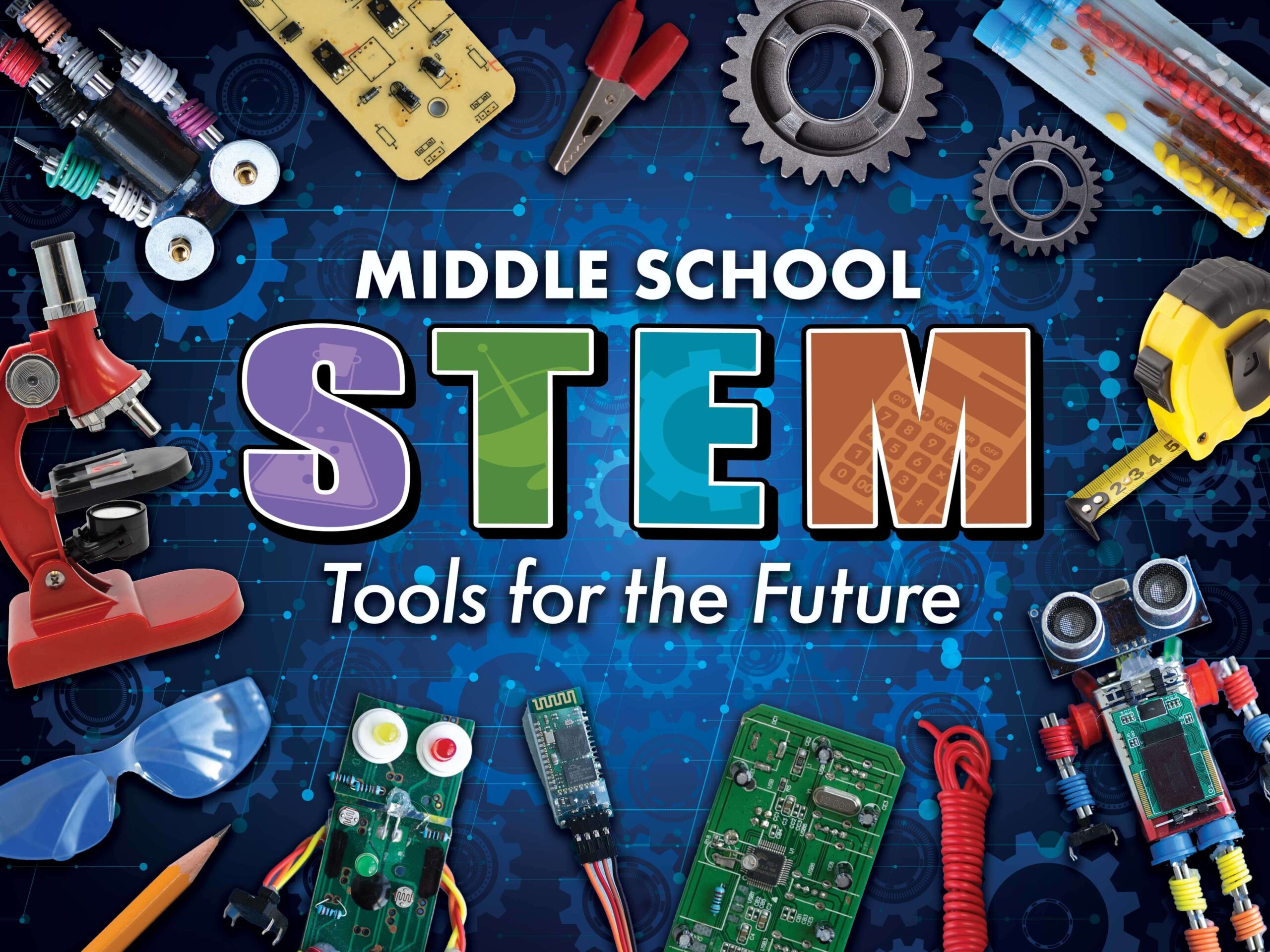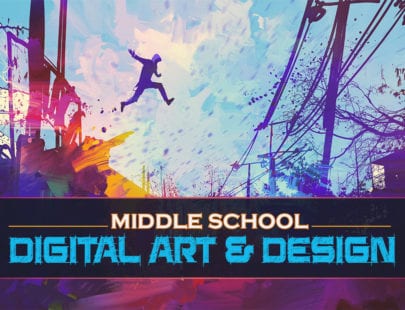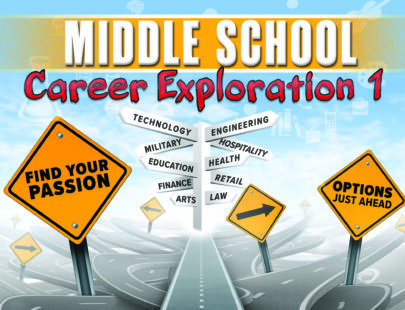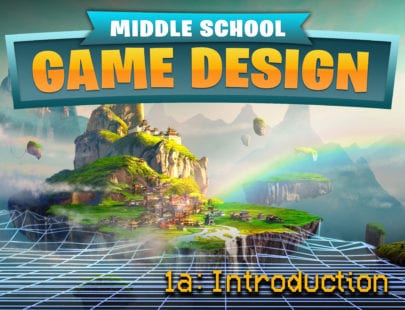
Middle School STEM: Tools for the Future
You’ve probably heard of STEM, but what exactly is it? STEM is the process of applying a combination of science, technology, engineering, and math and brainstorming, building, testing, and seeking answers through research. In this course, you’ll begin to develop these skills and learn how STEM can shape the future and even solve the world’s biggest problems through innovation. Seems pretty cool, right? Let’s start digging for answers into this groundbreaking subject!
Units at a Glance
Unit 1: What is STEM?
In this initial unit, you will explore the acronym STEM. STEM, as you might know, stands for science, technology, engineering, and math. What does it mean? Is STEM just a matter of knowing a little about those four subjects? No, it’s more than that, of course. STEM is a practice that involves using those four subjects as a means to solve the world’s problems. In this unit, you will learn about STEM, some examples of where it can be found, and careers in the field.
What will you learn in this unit?
- Explain the components of STEM and what each letter stands for
- Describe how STEM is used to solve problems in agriculture
- Identify examples of STEM in medicine
- Analyze how STEM is currently used in the workforce and what’s in store for the future
Unit 2: Launching a STEM Project
It’s time to dive in! More than being the integration of four subjects, STEM is also about process. The design process is a step-by-step, or iterative, cycle that guides STEM workers as they research, brainstorm, build, and test their ideas for an identified problem. In this unit, you will learn more about this process, how to complete each step, and why it is so important in generating the best designs.
What will you learn in this unit?
- Apply the design cycle to a STEM project that has a problem to solve
- Prepare for a STEM project by asking questions and seeking answers through research
- Research sources to find STEM tools and identify which ones will support a project
- Determine when the design cycle is complete and a project is ready to launch
Unit 3: STEM and Society
STEM has had a variety of positive impacts on society, some of which we will talk about throughout this course. However, not all the impacts STEM has had are completely positive. Indeed, you may already be aware of some of the negative issues that are the result of STEM. In this unit, we’ll look at some examples of this and discuss ways to recognize the negative impacts of STEM and then consider ways to prevent, improve, or just outright fix those issues.
What will you learn in this unit?
- Generate a list of positive impacts STEM has had on society
- Use the case of plastic to exemplify the waste problem in STEM
- Analyze the ethical issues concerning technology
- Consider a variety of environmental factors when designing a structure
Unit 4: STEM Systems
If you aren’t careful, you might approach problem solving with a narrow vision that focuses only on the problem and not the entire situation. For instance, have you thought about how a solution impacts its surroundings, either positively or negatively? In this unit, we will explore the idea of a system as a chain of events that needs to be examined carefully. The aim of STEM creativity is to improve systems, but there is a risk of damaging them instead.
What will you learn in this unit?
- Define a system and system thinking
- Describe what parts make up a system
- Explain transportation systems and the individual parts that they are composed of
- Identify the steps of a manufacturing process and the potential sources of error in the system
Unit 5: STEM Electronics
Technology comes in a variety of forms, but the “T” in STEM in today’s world largely involves electronics. Smartphones, medical diagnosis equipment, robots, and driverless tractors are all examples of useful, problem-solving technology, and they all use electricity. To really be able to innovate with technology you will need at least a basic understanding of electronics. Get ready to learn about electrical energy, circuits, and safety!
What will you learn in this unit?
- Define work and energy and give examples of different forms of energy
- Summarize voltage, current, and resistance as they apply to electrical circuits
- Describe the parts needed to create a simple circuit that lights an LED
- Identify the steps for troubleshooting problems and locate safety protocols for your workspace
Unit 6: Computing with STEM
In this final unit, we will explore the tech side of STEM. STEM is about using technology to solve problems, but it is also big on creating new technology. What skills might you need to create your own technology? How is technology being used to create a smarter world?
What will you learn in this unit?
- Describe the components that make up a computer system
- Distinguish between open-loop and closed-loop systems and understand how physical computing works
- Identify how humans communicate with computers
- Explain how a communication system works
Required Materials
Software
- Presentation software
- Tinkercad®(requires login)
- Word processing software
Optional
- Art supplies
- Audio recording device
- Digital camera
- Graphic design software
- Helper
- Video recording device
- Writing supplies



